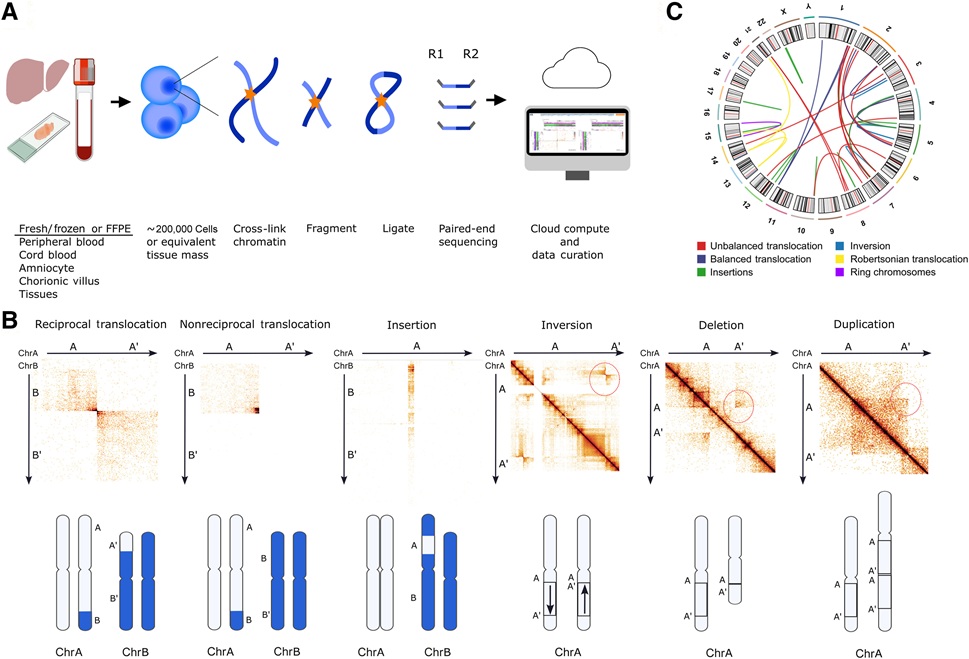Spectroscopy Aids Breast Cancer Diagnosis
By LabMedica International staff writers
Posted on 09 Jan 2013
Diffuse reflectance spectroscopy collects and analyzes light after it has interacted with the sample and this gives a unique spectrographic signature.Posted on 09 Jan 2013
This special type of spectroscopy has been used locate calcium deposits during a biopsy and could greatly improve the accuracy of diagnosing breast cancer.
A team from Massachusetts Institute of Technology (Cambridge, MA, USA) and Case Western Reserve University (Cleveland, OH, USA) have investigated whether diffuse reflectance spectroscopy can help to diagnose breast cancer. They examined 203 tissue samples within minutes of their removal from 23 patients. Each sample could be one of three types, each with its own spectrographic signature. It could be healthy, it could contain lesions with no microcalcifications, or it could contain lesions with microcalcifications.
Diffuse reflectance and Raman spectroscopic measurements were performed using a portable, compact clinical system. This instrument contains a xenon flash lamp (370–740 nm) to obtain diffuse reflectance spectra, and a diode laser (830 nm) for Raman excitation. For spectral acquisition, the probe was gently brought into contact with the tissue specimen and the spectra were collected with room lights off. Spectra were recorded from multiple tissue sites of interest from each tissue core as well as from several cores in each biopsy, and thus the number of collected spectra varied from patient to patient. By analyzing these patterns, the team produced a computer algorithm that showed a success rate of 97% in identifying tissue with microcalcifications.
Normally a radiologist takes X-rays from three different angles to locate the tiny calcium deposits, then inserts a needle into the tissue and removes up to 10 tissue samples. A pathologist then tests these samples to see if they contain microcalcifications, but in 15% to 25% of cases, it is not easy to locate and take a tissue sample accurately, resulting in an inconclusive diagnosis. This means the patient has to have more X-rays and undergo more invasive surgery to retrieve further samples.
Maryann Fitzmaurice, MD, PhD, cosenior author, said, "Microcalcifications are most often seen in breast tumors, but they can also occur, albeit rarely, in other types of cancer. If they don't get them on the first pass, they usually don't get them at all. It can become a very long and arduous procedure for the patient, with a lot of extra X-ray exposure, and in the end they still don't get what they're after, in one out of five patients.
James Tunnell, PhD, an associate professor at the University of Texas (Austin, TX, USA), who not involved in the study describes the study as a "good first step" toward a system that could have a big impact on breast cancer diagnosis. "This technology can be integrated into the system that is already used to take biopsies. It's a very simple technology that can get the same amount of accuracy as more complicated systems." The study was published online on December 24, 2012, in the journal Proceedings of the National Academy of Sciences of the United States of America (PNAS).
Related Links:
Massachusetts Institute of Technology
Case Western Reserve University
University of Texas














